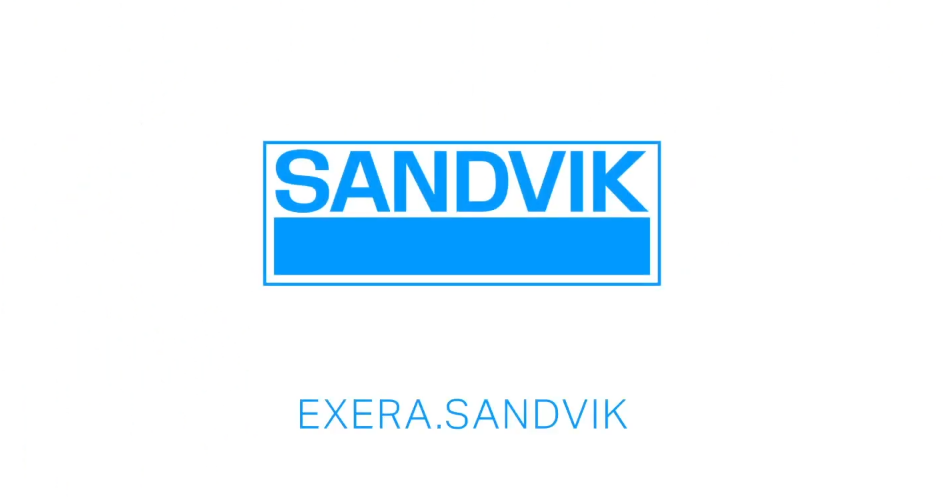
Pain prevention and pain management has been a long-standing issue for the medical field, particularly for patients who are suffering from a chronic condition. Long-term drug dependency can lead to a number of side effects (such as problems with the liver), especially if doses need to be periodically increased to account for patients who have grown accustomed to the drug and no longer feel the benefit. Even short term use can have its controversies, in fact, in the last decade there have been numerous studies that question the safety and effectiveness of prescribing potentially addictive pain medication to patients.
In this technological age, it comes as no surprise that the medical device field offers a number of drug-free alternatives to painkillers, both over the counter and as a prescription. According to a report by Grand View Research, the global pain management devices market size was valued at USD 5.54 billion in 2019 and is expected to grow at a compound annual growth rate of 9.0% from 2020 to 2027.
This increase in demand is largely attributed to an increase in the cases of obesity and diabetes, as well as musculoskeletal disorders such as arthritis, osteoarthritis and orthopedic degenerative disorders. However, neurostimulation devices held the greatest revenue share of 57.5% in 2019 due to their use treating chronic pain for Parkinson’s disease, epilepsy and other movement disorder.
Innovations in pain management and preventative medicine
With these market projections in mind, combined with the technological advances that we see today, many manufacturers are designing ground-breaking and innovative devices that change the way that patients manage pain. One such example is non-invasive, smart electronic devices for phantom limb pain following an amputation, which capture, process and decode myoelectric signals to infer limb movements. The decoded phantom limb movements are visualised on a screen, providing real-time feedback to the user.
In 2013, the first surgery where neuromuscular electrodes were permanently implanted and connected a prosthesis to a patient’s bone, nerves and muscles was performed. In 2021, robotic prostheses controlled via implanted neuromuscular interfaces are on course to become a clinical reality using osseointegrated technology, which is currently undergoing clinical trials.
For these applications, it is essential to have medical-wire components that are perfectly calibrated for sensing and transmitting in the human body. Advances in metallurgy and process development have optimised the design and capabilities of these wire components, none more so than the fine medical wire manufactured by Sandvik Material Technology. The company’s custom-made wires can be configured for a growing range of applications, and have even been used in innovative cardiac monitoring medical devices that can sense heart failure before the event.
Neurostimulation device design and development
A neurostimulation system is comprised of the neurostimulator (which generates the electrical impulses), leads (thin, insulated medical wires that deliver electrical pulses) and the patient’s handheld device. Each component needs to be perfectly calibrated to ensure that the device works efficiently and effectively, including wires that have been configuration to perform optimally. According to a poll taken by Sandvik Material Technology about challenges during the medical device design phase, 20% of respondents stated that a common issue was “to meet deadlines due to lack of resources”. A further 20% suggested a “lack of materials and coating knowledge in-house” and 60% said that the most frequent design issue for them was “finding the right coatings.” Expertise in metal alloy materials and insulation coating is essential for manufacturing a medical-wire component customised for pain management devices.
Sandvik has worked closely with medical device manufacturers to create components that are used for deep brain stimulation (DBS), which are used to control disabling neurological symptoms, as well as spinal cord stimulation (SCS) for pain management. From its extensive range of stainless steels, precious metals and CoCr alloys, as well as coatings and surface treatments, Sandvik utilises its expertise to help customers from the design stage.
With these exciting advancements on the horizon, now is the ideal time to form partnerships with medical device component experts to work together and design a product that can change patients’ lives. For more information about Exera brand of fine medical wire from Sandvik, or to contact them about future projects, visit their website.



